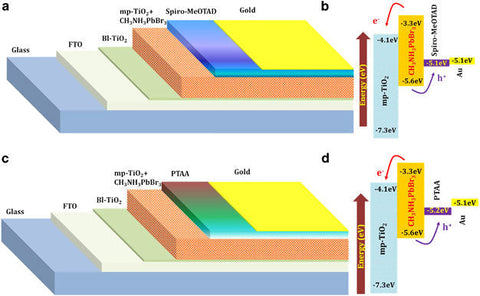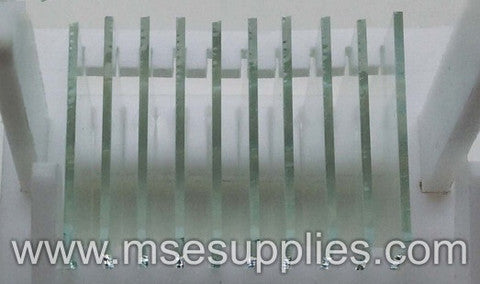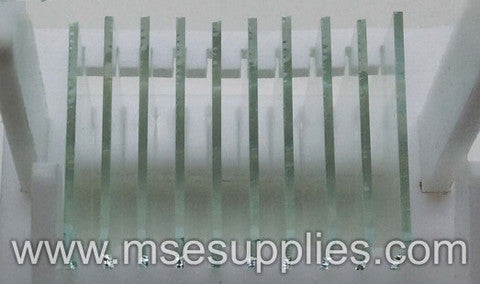News — ITO
Highly stable and efficient solid-state solar cells based on perovskite quantum dots (11.14% conversion efficiency at 1 sun illumination)
Posted by MSE Supplies on
The best-performing cell, which contains the FTO/Bl-TiO2/mp-TiO2+CH3NH3PbBr3 (~2-nm QDs)/PTAA/Au configuration shows the following results: open-circuit voltage (VOC)=1.110 V, current density (JSC)=14.07 mA cm−2, fill factor=0....
'Zero-energy' buildings to be enabled by the world’s highest efficiency solar cells
Posted by MSE Supplies on
The world’s highest efficiency solar cells have been developed at the University of New South Wales, which could eventually lead to zero-energy buildings equipped with ultra-thin panels. The cells are made from CZTS, a mixture ...
New Paper on Science: Is Indium Tin Oxide (ITO) the Material Photonics Has Been Waiting For?
Posted by MSE Supplies on
Large optical nonlinearity of indium tin oxide in its epsilon-near-zero region Authors: M. Zahirul Alam, Israel De Leon, Robert W. BoydScience 28 Apr 2016:DOI: 10.1126/science.aae0330 By Amy Nordrum Posted 28 Apr 2016 There a...
JACS: Efficient and Cheap Perovskite Solar Cells Have Been Developed
Posted by MSE Supplies on
Journal of the American Chemical Society published a new paper on April 18, 2016, titled "Exceptional Morphology-Preserving Evolution of Formamidinium Lead Triiodide Perovskite Thin Films via Organic-Cation Displacement". Pe...
Newly Funded 2015 Materials-related Projects among the $125 Million DOE ARPA-E Awards
Posted by MSE Supplies on
On Nov. 23, 2015, U.S. Energy Secretary Ernest Moniz announced $125 million across 41 cutting-edge energy technologies awarded by the Department of Energy’s (DOE) Advanced Research Projects Agency-Energy (ARPA-E). Among th...



